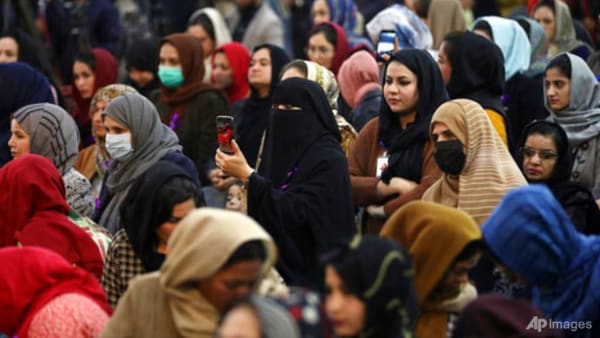Commentary: Afghanistan was making progress on women’s healthcare. Then the Taliban returned

A widespread ban on the employment of female medical workers also took hold, which was lifted in November 1997 after the International Committee of the Red Cross intervened.
ROOM FOR TARGETED INTERVENTIONS
Since the Taliban was removed, public health gains have been significant: Women’s life expectancy increased from 57 years in 2000 to 66 in 2018.
Maternal mortality declined from 1,450 per 100,000 live births in 2000 to 638 per 100,000 in 2018. The mortality rate for children under five years decreased from 134 per 1,000 live births in 2000 to 99 in 2012.
Despite these gains, Afghanistan still has one of the highest maternal, infant and child mortality rates in the world. In 2017, UNICEF estimated that there were 7,700 maternal deaths. Compare this to the number of civilians who lost their lives due to military attacks in the same year: 3,438.
Poverty, a healthcare system ravaged by years of war, difficulties in accessing health services and gender inequality contributed to the high death rates.
Dalil was Ambassador and Permanent Representative of Afghanistan to the UN in Geneva and now works at the WHO: “We must prioritise mental health, disabilities and other non-communicable diseases in Afghanistan,” she said. Recent health gains have slowed due to COVID-19 and rising conflict.
TIE FOREIGN AID TO ACCESS TO HEALTHCARE FOR WOMEN
If the new Taliban regime is willing to abide by a human rights framework, there is scope for more targeted healthcare interventions to be funded by international aid.
